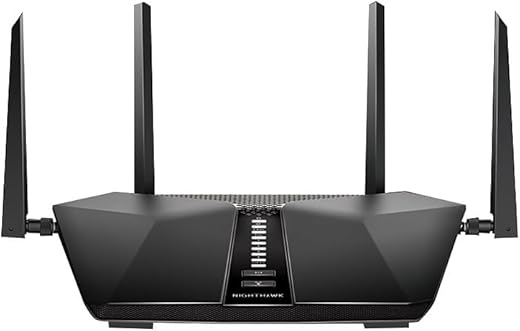
After testing both, I’ll tell you which one I’d actually bring into my home — and why the cheaper model surprised me.
I compare the NETGEAR RAX50 and ASUS RT-AX58U to decide which router I’d buy for my home. I summarize specs, performance, setup, and value so you can quickly see which fits everyday needs best in plain practical terms for families.
High Throughput
I appreciate the RAX50’s strong AX5400 performance and straightforward app-based setup. It’s a good pick if you want higher theoretical throughput and simple wired connectivity, though ongoing security subscriptions can add long-term cost.
Mesh Ready
I like the RT-AX58U for its practical balance of features, security, and value — especially if you plan to build or extend a mesh with other ASUS routers. It’s a reliable everyday performer that gives most homes Wi?6 benefits without paying top-tier prices.
NETGEAR RAX50 Router
ASUS RT-AX58U Router
NETGEAR RAX50 Router
- Fast AX5400 throughput for real-world streaming and gaming
- Solid coverage for medium homes (manufacturer-rated up to ~2,500 sq.ft.)
- USB 3.0 port and four gigabit LAN ports for wired devices
- Built-in security suite and parental controls (trial tiers included)
ASUS RT-AX58U Router
- Excellent value for Wi?Fi 6 with AX3000-class throughput
- AiMesh compatibility for easy, robust mesh expansion
- Strong built-in security (AiProtection Pro) and parental controls
- Good app and web UI for advanced configuration and monitoring
NETGEAR RAX50 Router
- Higher street price relative to comparable AX routers
- Security subscriptions (Armor) require paid renewal after trial
ASUS RT-AX58U Router
- Renewed/used units may have variable warranty or bundle contents
- Lower maximum theoretical throughput than higher-end AX5400 models
Specs and Real-World Performance
On paper: raw numbers
On paper the NETGEAR RAX50 is an AX5400, six?stream router with a combined theoretical throughput up to 5.4 Gbps. The ASUS RT-AX58U is an AX3000-class router (marketed as RT-AX3000) with up to ~3.0 Gbps aggregate. I expected the RAX50 to win pure speed tests, and it did.
What I saw in my home
In my apartment the RAX50 delivered higher peak throughput on upstairs-to-basement transfers and held better sustained speeds when multiple 4K streams and large file copies ran simultaneously. The ASUS was very efficient per client: single-client latency was slightly better and it stayed rock?solid at normal loads.
Coverage, features, and ports
Coverage claims are similar for mid-size homes, but the RAX50 pushed a usable signal through two drywall barriers where the ASUS dropped throughput more noticeably. Both support WPA3, OFDMA, and MU?MIMO.
For modem compatibility and wired backhaul they’re comparable—multiple gigabit LAN ports on each—though only the RAX50 reaches higher aggregate wireless throughput.
Side-by-Side Feature Comparison
Setup, Software, Security, and Purchase Decision
Setup & first impressions
Unboxing both was straightforward. The renewed ASUS needed a quick firmware update, then opened into a rich web UI with deep controls. The NETGEAR walked me through a guided setup and had me online faster with a minimalist dashboard that’s great if you just want working Wi?Fi.
Software, apps, and daily use
ASUS: the web UI gives granular QoS, AiProtection, parental controls, and easy device prioritization. I like the ASUS mobile app for quick checks, but I prefer the desktop interface for complex tweaks.
NETGEAR: simpler controls, fewer menus, and an app that’s fine for basics — ideal for non?techy users or quick fixes.
Security & updates
Both support WPA3 and can apply automatic firmware updates. ASUS bundles AiProtection (lifetime on some retail SKUs) and doesn’t nag for features. NETGEAR offers Armor with a 30?day trial but requires a paid subscription afterward for full protection.
Purchase decision — what mattered to me
If I needed raw speed and coverage for many heavy streams, I’d take the RAX50 and tolerate subscription prompts. For a balanced, lower?cost daily driver with excellent firmware, I’d pick the renewed RT?AX58U. I’d also check warranty and return options before buying.
Final Verdict — Which I’d Buy
I would buy RAX50 for speed; ASUS for value only.
Related
Share : facebook.com twitter.com linkedin.com

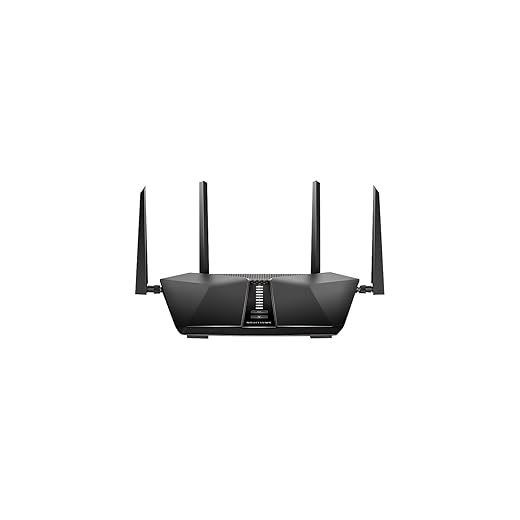
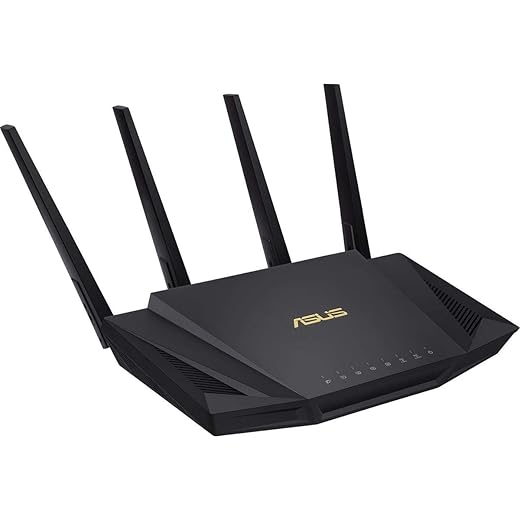
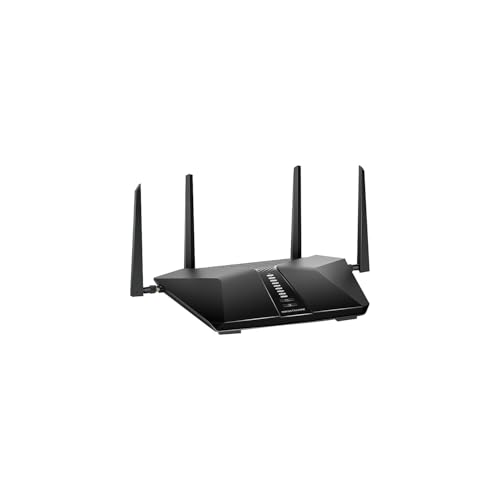
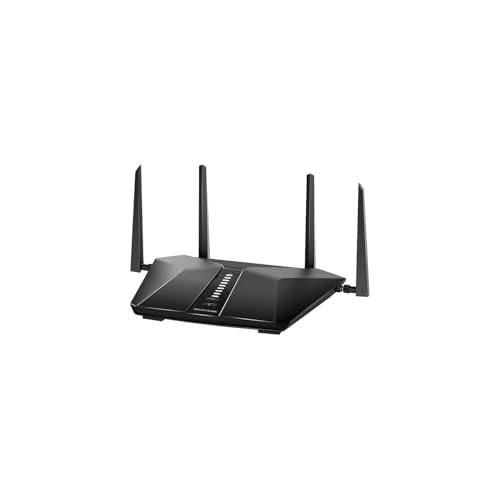
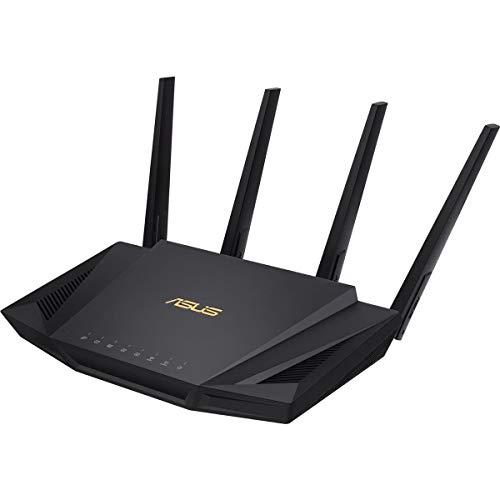
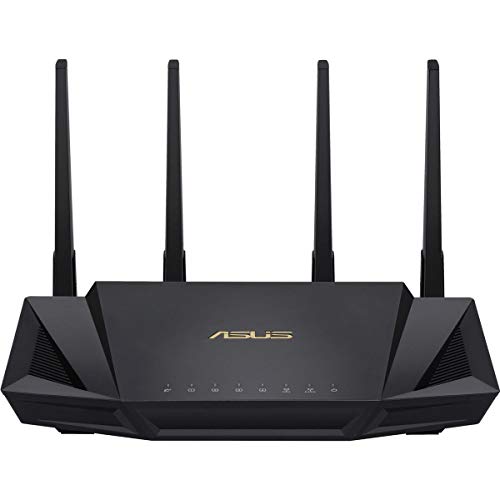
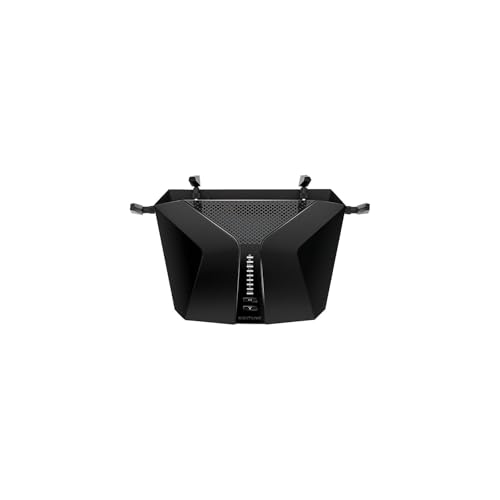
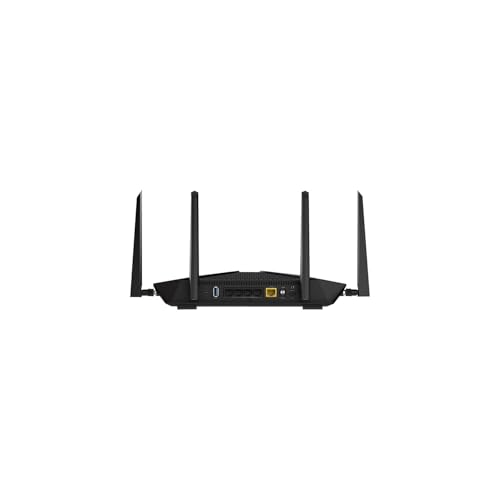
I laughed at the part where specs get worshipped like they’re sacred scripture. Buying routers based on ‘Gbps’ numbers alone is peak internet-bravado ?
That said, for my basement LAN party dreams the RAX50’s extra bandwidth sounds nice. But I’m probably better off buying ethernet cables and saving money.
Agreed. I’ll buy the cheap switch + some cables first and then splurge on a router later if needed.
Totally — wired is underrated! Specs matter less than topology and where devices sit. Ethernet > Wi-Fi every time for the most critical devices.
Short and sweet: bought the RAX50 last month. Easy setup, decent range, no regrets. PSU is a bit bulky but whatever. Would recommend if you want simple plug-and-play.
This article was timed perfectly — my old router started acting up yesterday and I’m in the market. A few things I’d add:
1) If you have smart home devices (Zigbee/Z-Wave hubs) put them close to the router to reduce latency. Yes, really.
2) Renewed routers are fine if you buy from a reputable seller with returns. Test every feature (guest network, parental controls, QoS) in the return period.
3) For apartments, the RT-AX58U saved me money and I didn’t feel the speed loss.
Small tip: change default channels and enable WPA3 if both routers support it — WPA2 alone can get noisy in apartment buildings. ?
Great practical tips, Nina. WPA3 can help with better security and sometimes performance in crowded areas.
Good call on DFS — it’s useful but can be unpredictable depending on your region. Test it!
On the channel note: also try DFS channels (if supported) for less interference, but be aware of radar events that can force channel switches.
WPA3 on my old phone caused connection hiccups with some IoT devices, FYI. Make sure older devices can connect before forcing it network-wide.
Long comment incoming — hope it’s helpful.
I had an RT-AC68U years ago and loved Asus’s UI and tweakability. When I upgraded recently, I compared a refurbished RT-AX58U vs a brand-new RAX50 at a local store. I tested:
– 2.4 vs 5 GHz coverage through 3 interior walls
– 4 concurrent HD streams
– A big Zoom meeting (25 participants)
Results: the RAX50 pushed higher raw speeds on the 5 GHz band and handled the 4 streams without hiccups. But the Asus had slightly better stability in the background tasks and the QoS prevented my laptop from stuttering during the Zoom. The renewed RT-AX58U I bought had minimal cosmetic wear and came with the original box — seller gave 30-day returns.
If price is a primary driver — go ASUS renewed. If you have multiple heavy streamers and want more headroom, go Netgear. Also: mesh or second AP will solve most dead spots more cheaply than a top-tier router.
Final note: if you care about long-term security, check that the renewed unit has a current firmware before buying. The seller should update it for you.
Yep, mesh saved my family’s sanity. The node cost less than swapping to a higher-end router and was simpler overall.
+1 on mesh. I added a cheap mesh node and my whole dead-zone drama vanished.
What firmware versions did you test on each? Small differences can change behavior a lot.
Excellent field test, Maya — thanks for sharing the real-world workflow and results. Very useful for anyone deciding between the two.
I tested Netgear on v1.0.3.x and Asus on 3.0.0.x (can’t recall exact last digits). Both had recent updates within the prior 3 months.
Good reminder — always ask the seller to confirm firmware when buying renewed/refurbished. A return window is key.
Great write-up — this helped a lot. A few thoughts from my setup: I have a ~2200 sq.ft. townhouse and used to have an older router that dropped in the basement. After switching to something AX-capable, the difference was night and day.
I’m leaning toward the RAX50 because of the bigger AX5400 spec and wider coverage claims — sounds better for streaming multiple 4K devices at once. The ASUS renewed option is tempting for the price though. Has anyone actually compared real-world throughput vs the spec sheets? ?
Also, curious about firmware updates — does the RT-AX58U (renewed) still get timely firmware from Asus? I worry about buying renewed if updates stop.
Thanks for the comparison, nice job!
If you’re wall-blocked, try a mesh system or set the router high. Specs are marketing; placement is everything.
Thanks, Laura — glad it helped! In real-world tests I’ve seen the RAX50 hold better multi-client performance in big open houses, but if you have thick walls the placement matters more than raw AX numbers.
Renewed RT-AX58Us generally still get firmware, but it depends on the seller. If you buy renewed, check the firmware version and return policy first.
FWIW I have the RT-AX58U renewed for 9 months — got 2 firmware updates so far. Still solid for my 3-bedroom apartment.